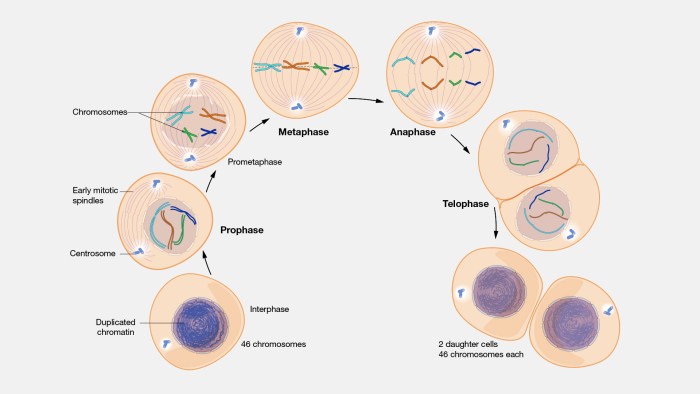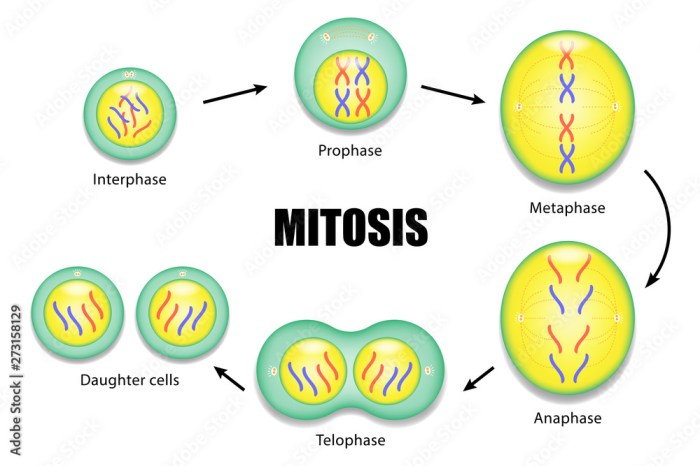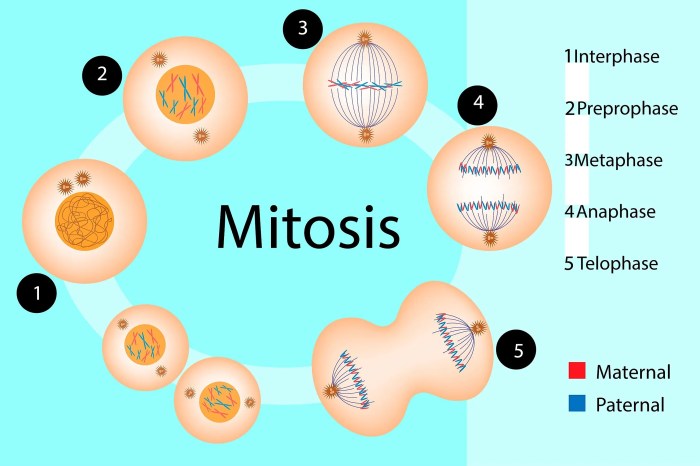Which of the following is not characteristic of neurons? This question delves into the fundamental properties that define neurons, the building blocks of our nervous system. Neurons possess unique characteristics that enable them to transmit electrical and chemical signals, forming intricate networks that govern our thoughts, actions, and experiences.
By exploring the defining features of neurons, we gain insights into the remarkable complexity and functionality of the human brain.
Neurons exhibit electrical excitability, allowing them to generate and propagate electrical signals. They possess a distinct structural polarity, with specialized regions known as axons and dendrites that facilitate signal transmission. Chemical signaling, mediated by neurotransmitters, plays a crucial role in communication between neurons.
Synaptic plasticity, the ability of synapses to strengthen or weaken over time, underlies learning and memory. However, one notable exception to these characteristics is the limited capacity of neurons to divide after reaching maturity, a factor with significant implications for neuronal repair and regeneration.
Electrical Excitability: Which Of The Following Is Not Characteristic Of Neurons

Neurons exhibit electrical excitability, the ability to transmit electrical signals called action potentials. This excitability arises from the presence of ion channels in their plasma membrane.
Ion channels are pores that allow the passage of specific ions across the membrane. When a neuron is at rest, the membrane is polarized, with a negative charge inside and a positive charge outside. This polarization is maintained by the unequal distribution of ions across the membrane, with more sodium (Na+) ions outside the cell and more potassium (K+) ions inside.
Role of Ion Channels
When a neuron receives a stimulus that reaches threshold, it causes a change in the permeability of the ion channels. Sodium channels open first, allowing Na+ ions to rush into the cell, depolarizing the membrane. This depolarization triggers the opening of voltage-gated potassium channels, allowing K+ ions to flow out of the cell, repolarizing the membrane.
The rapid influx and efflux of ions create an electrical current that travels along the neuron’s axon, known as an action potential.
Structural Polarity

Neurons have a distinct structural polarity, with a cell body (soma) and two types of processes: axons and dendrites.
The soma contains the nucleus and other organelles responsible for protein synthesis and metabolism.
Axon and Dendrites
The axon is a long, slender projection that transmits electrical signals away from the cell body. It is covered by a myelin sheath, which insulates the axon and speeds up signal conduction.
Dendrites are shorter, branched projections that receive electrical signals from other neurons. They are covered in dendritic spines, which increase the surface area for receiving signals.
Chemical Signaling
Neurons communicate with each other through chemical signals called neurotransmitters. Neurotransmitters are released from the presynaptic neuron and bind to receptors on the postsynaptic neuron, triggering a response.
Neurotransmitters are stored in vesicles within the presynaptic neuron. When an action potential reaches the presynaptic terminal, it triggers the release of neurotransmitters into the synaptic cleft, the space between the presynaptic and postsynaptic neurons.
Synapses
Neurotransmitters diffuse across the synaptic cleft and bind to receptors on the postsynaptic neuron. This binding can either excite or inhibit the postsynaptic neuron, depending on the type of neurotransmitter and receptor.
Synaptic Plasticity

Synaptic plasticity is the ability of synapses to change their strength over time. This plasticity is essential for learning and memory.
There are two main forms of synaptic plasticity: long-term potentiation (LTP) and long-term depression (LTD). LTP occurs when a synapse is repeatedly stimulated, leading to an increase in its strength. LTD occurs when a synapse is infrequently stimulated, leading to a decrease in its strength.
Importance for Learning and Memory, Which of the following is not characteristic of neurons
Synaptic plasticity allows neurons to strengthen or weaken their connections with other neurons, depending on the frequency and pattern of activity. This process underlies the formation of memories and the ability to learn new skills.
Cell Division

Unlike most other cells in the body, neurons typically do not divide after reaching maturity.
Implications for Neuronal Repair and Regeneration
The inability of neurons to divide has significant implications for neuronal repair and regeneration. If neurons are damaged or lost due to injury or disease, they cannot be replaced by new neurons. This can lead to permanent neurological deficits.
Common Queries
What is the primary function of neurons?
Neurons are responsible for transmitting information throughout the nervous system, enabling communication between different parts of the body and the brain.
How do neurons communicate with each other?
Neurons communicate through electrical and chemical signals. Electrical signals travel along the neuron’s axon, while chemical signals are transmitted across synapses, the junctions between neurons.
Why is the inability of neurons to divide after maturity significant?
The inability of neurons to divide limits the brain’s capacity for self-repair and regeneration, making it challenging to recover from neuronal damage or neurodegenerative diseases.